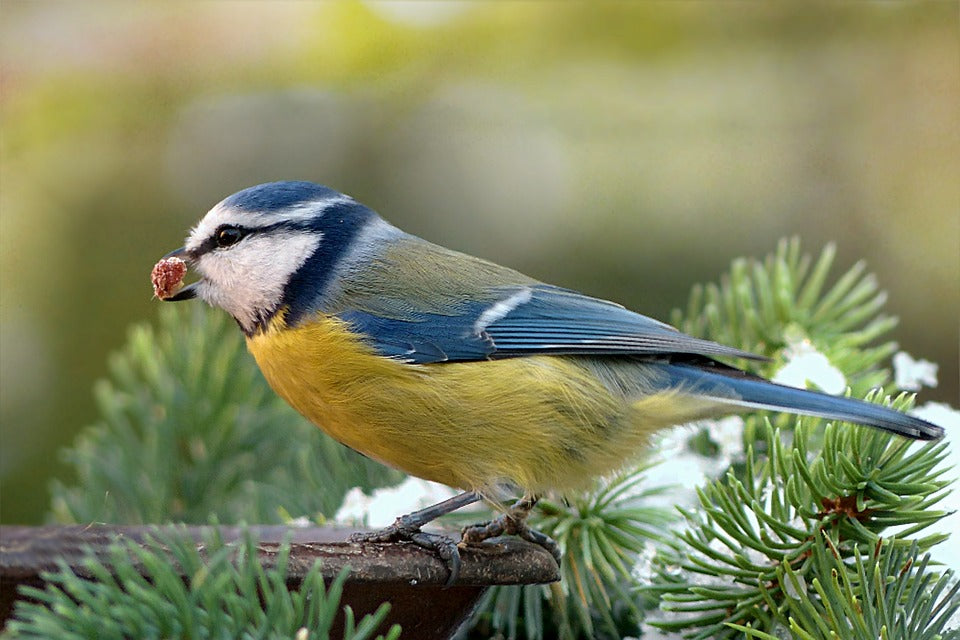Offer
Provide additional details about the offer you're running.
Provide additional details about the offer you're running.
Provide additional details about the offer you're running.

With the snowflakes beginning to fly (already!), we as birders are beginning to move quickly into a cold-weather mode. Despite the fact that year-round residents or short-distance migrant birds are “built” for winter, mortality rates can climb among winter bird species when the temperatures drop considerably.
Birders have long kept this thought in mind and over the years have created homemade shelters or bolstered the insulation of their current birdhouses and nesting boxes to help keep our feathered friends warm through the winter chill.
Other than the do-it-yourself projects, a roost box may very well be your best bet to keep your birds warm when the temperatures dip. A roosting box differs from a traditional nesting box in that it is not intended for building nests and raising young. A roost box is designed to provide a safe and secure shelter for up to a dozen or more birds, allowing them to share their body heat and increase their chances of survival through a cold winter night.
Some careful thought should be considered when choosing the location for your roost box. Try to pick a location that can retain a good amount of sunlight through the day and the box will actually retain some heat into the evening. Try and choose a location that is somewhat out of the wind, and if possible, point the entrance hole to the south to allow for extra warmth inside the box.
Combining some of the do-it-yourself fixes you might have considered for your traditional nesting box, try adding a layer of moss to the bottom of the box, or paint your roost box in a dark colour like black to attract and attain as much warmth as possible.
Depending on your property, some folks have opted for multiple roost boxes during the winter months, typically replacing their nesting boxes awaiting next spring’s migration. Use these roost boxes to attract a variety of species like downy woodpeckers, chickadees, wrens, titmice, nuthatches and more this winter.
High Quality Blend